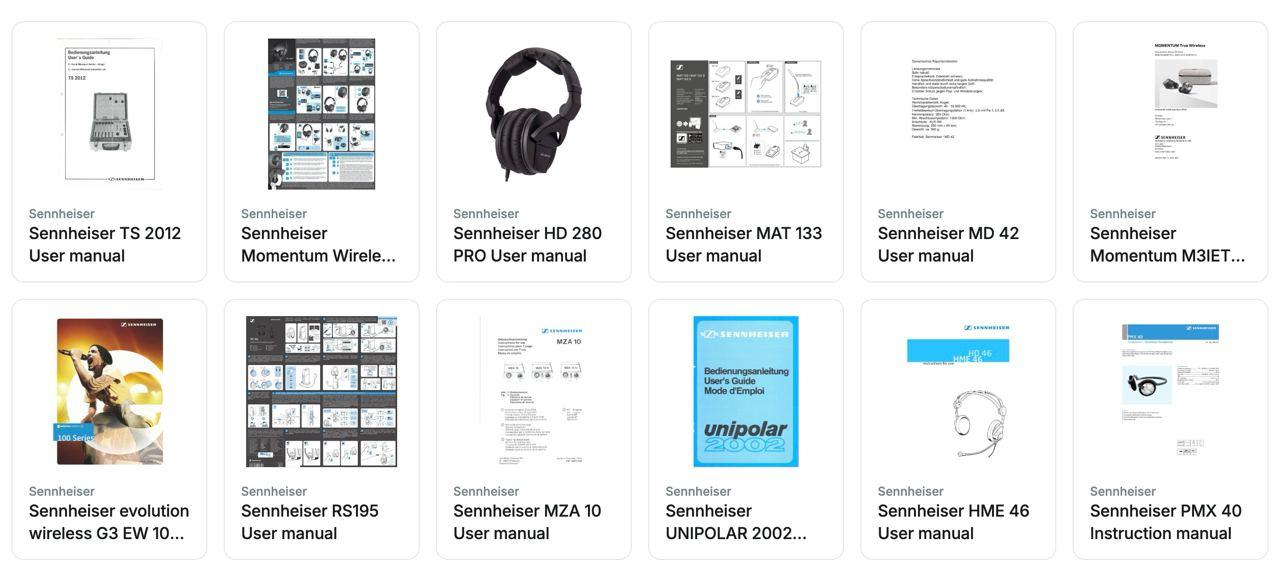You don’t have to be a tech expert to feel completely stuck when something stops working. A blinking router, a printer that won’t connect, or a coffee machine that just won't brew — they’re all small problems that can quickly feel like big ones when the solution isn’t obvious.
But here’s the thing: for most of these issues, the fix does exist. It’s out there, buried in a thick PDF manual, hidden in a forum thread from 2013, or locked behind a 12-minute YouTube video that spends the first four minutes asking you to like and subscribe.
And the result? Wasted time, added stress, and a growing pile of “I’ll fix it later” problems.
The Real Issue Isn’t the Problem — It’s the Search for the Answer
There’s never been more information available online. But that doesn’t mean it’s easier to find what you actually need. In fact, many people report that getting reliable, step-by-step help for setting up or fixing devices is harder than it should be.
You might try the manufacturer’s website, only to find an outdated interface and a download link for a 130-page manual — most of which you don’t need. You search again and land on a Reddit post where someone sort of had the same issue, but the answers are vague or contradictory. Eventually, you give up, or worse — you try to solve it by guessing.
It’s not that people lack the ability to follow instructions. What they lack is access to the right instructions, at the exact moment they need them.
Most People Don’t Want to Learn — They Just Want Things to Work
There’s a simple reason why traditional manuals and DIY forums don’t work for most users: they’re written for people who already understand what they’re doing.
The average person isn’t trying to master the full capabilities of their multi-function printer. They just want to scan a document and email it. They’re not trying to recalibrate their smart thermostat — they just want it to stop switching to 65 degrees in the middle of the night.
What people really need is help that’s focused, relevant, and easy to follow. They need answers written in plain language, with clear steps, and preferably with images or diagrams — not a block of dense text or a link to another page.
And above all, they need to be able to find that help without sifting through ads, dead links, or irrelevant results.
Smarter Platforms Are Changing the Way We Solve Everyday Tech Problems
This gap between the user and the answer is starting to close — thanks to tools that focus on context-aware help, intelligent content discovery, and searchable knowledge databases. Some platforms now organize product instructions in a way that matches how people actually search for help.
Let’s say you have a Canon printer, and it suddenly stops printing from your laptop. Instead of hunting down the exact model, downloading a 100MB file, and scrolling through 40 pages, you can go to a central platform that lets you search by product and problem. For example, https://manuals.online/canon gives users access to simplified Canon manuals and guides without the noise or clutter. That kind of focused experience is what more people need — across brands and product types.
Even more promising is the direction these platforms are moving: toward smart search tools that actually understand what the user is trying to do. Instead of keyword-matching, they look at intent. Instead of offering entire manuals, they surface just the part that matters. That’s where support becomes not just helpful, but usable.
Why This Actually Matters (Even If You’re Not a “Tech Person”)
You might wonder if this level of convenience really makes a difference. But think about how many small tech problems steal time from your day.
Can’t connect the new speaker to Bluetooth? That’s 20 minutes lost. Forgot how to reset the router? That’s another 15. Multiply that by dozens of devices over time, and you start to see how much unnecessary friction we’ve come to accept.
Better access to setup help and troubleshooting doesn’t just save time — it keeps us from abandoning perfectly good products, making wrong assumptions, or spending money on replacements we don’t need. It makes life run more smoothly, especially for those who are already juggling a dozen other things.
And for businesses? The payoff is even bigger. Less downtime. Fewer support tickets. Happier users. A smoother experience from the moment a customer opens the box.
Fixes Should Be Easy to Find — Not a Test of Patience
We’ve all been there — standing in front of a blinking device, phone in one hand, Googling vague error messages in the other. And while technology keeps getting more advanced, the way we access help hasn’t always kept up.
But that’s changing.
The future of product support is about getting real answers — fast, clear, and without all the extra noise. Not pages of jargon, not outdated PDFs, not vague replies in a forum thread.



